We are often unaware that there are pilgrimage routes beyond the Camino a Santisago. This is why the secondary pilgrimage routes go completely unnoticed, even when they are closely linked to the Jacobean tradition and the pilgrimage to Santiago itself.
This is the case of the Camino de Uclés, which connects the very center of Madrid, with the Monastery of Santiago, known as Monasterio de Uclés, in Cuenca. It is the second place of pilgrimage in honor of St. James the Greater, often overshadowed by the importance of the Cathedral of Santiago de Compostela.
Starting the Camino de Uclés from Madrid can give you a different perspective of the pilgrimage, as it is a route that progresses eastwards into La Mancha, bringing a completely different perspective to your experience. In addition, it is quite well signposted, so you will not have any problem to go through it. In any case, we recommend that you follow these tips to do any Camino well.
Stages of the Way of Uclés
The pilgrimage begins at the Church of the Holy Apostle in the capital, continuing to the Almudena Cathedral. where the credential of this Camino, undoubtedly one of the most important temples of the country, must be stamped for the first time. We will continue towards Rivas-Vaciamadrid, from where it moves away from the city, going into the villages of the Community until the last two stages, which run through La Mancha. Here are the stages in detail:
Stage 1: Madrid – Rivas Vaciamadrid (26.6 kilometres)
Leaving from the Church of Santiago and San Juan, near the Royal Palace, head towards Rivas. The first cross that will guide you will be found at the monument to Velázquez, who was a knight of the Order of Santiago. In Madrid you will enjoy the Monastery of the Order of Santiago and the beautiful banks of the Manzanares and its modern promenades of Madrid Rio full of life and a place of disconnection for so many residents of the capital. In addition, you can enjoy wonderful views of the protected environment of the Parque Lineal del Manzanares.
Stage 2: Rivas Vaciamadrid – Morata de Tajuña (26.5 kilometres)
Still in Madrid, a well-kept greenway following the route of the old Tajuña Railway, which although known as the Arganda train, departed from Madrid to Alocén, so it will accompany you for a couple of days. If you are lucky enough to make this trip at Easter, you should not miss the opportunity to know the Semana Santa de Tajuña. Specifically on Maundy Thursday, the Passion is celebrated in the town, in a festival that has been declared of Tourist Interest.
Stage 3: Morata de Tajuña – Carabaña (26.7 km).
We continue along the greenway that today is where the mythical 40-day train used to run: the old Ferrocarril del Tajuña, which used to connect Arganda with Carabaña. The latter has been famous since the end of the 19th century for its mineral-medicinal waters, and both the spring and the spa have made the town famous both nationally and internationally. So much so that since 2008 they have been working on the creation of the largest spa in Europe. Another of Carabala’s most prized commodities is its oil, so we invite you to replenish your strength by accompanying it with your favourite foods.
Stage 4: Carabaña – Estremera (15.5 km).
Last stretch of the Greenway on a par with the old Tajuña Railway. You will arrive at the confines of the Community of Madrid where you can visit the Church of Nuestra Señora de los Remedios, a 16th century building declared a Historic-Artistic Monument (precedent of Cultural Interest) in 1982 and which is the jewel of its Heritage.
Stage 5: Estremera – Barajas de Melo (26, 2km).
From here it is your turn to go into the Alta Mancha of Cuenca. In Barajas de Melo you can visit the 15th century parish church of San Juan Bautista with a spectacular plateresque façade. Another singular building of great interest is the Palacete Fuente Alcázar. It is a rectangular mansion, built in the 19th century. And to relax, near Barajas de Melo, you can find the cliff of Puerta Paredes, where you can enjoy spectacular panoramic views, the work of water erosion, and find one of the best places to observe the eagle owl (at night, of course).
Stage 6: Barajas de Melo – Uclés Monastery (22.9 km).
Arriving at the end of your Camino you will discover the wonderful and historic Monastery of Uclés, seat of the Order of Santiago. It is an imposing building that combines Plateresque, Herrerian and Churrigueresque architecture. In its beginnings it was part of a set of fortifications that had its origins in the Muslim domination of the Iberian Peninsula. But many centuries of history have given rise to the majestic building that stands out on the top of the hill with the town of Uclés and the river Bedija at its feet.
Signage and accommodation
As well as all the Roads that lead to Santiago de Compostela are marked with yellow arrows (BE CAREFUL, you will find them in the opposite direction to your walk, as you can make a pilgrimage from Uclés to Madrid and from there take the Camino to Santiago), in this case you will follow the red arrow with the cross of Santiago, symbol of the order. This signage was installed by Manuel Rossi himself, a retired construction worker and lover of the Camino who has been the architect of the recovery of the pilgrimage route to Uclés.
As for accommodation, along the route you will find both public and private hostels and in the most notable cities you can stay if you wish in hostels and guesthouses and even in hotels. Remember that you must carry your credential if you plan to stay in public hostels or spaces provided by religious entities and town councils. If you haven’t got it, you can only get it through the Asociación Amigos del Camino de Uclés. The amount is 4 euros, which is used to cover the costs of care of the route.
Tips
Lastly, we would like to give you some advice before embarking on this adventure. The first of them is the choice of time of the year to do the Camino de Uclés. It is advisable to do this walk in spring or autumn, as in summer it will be too hot and in winter temperatures drop inland.
Secondly, we must plan the stages well and make sure we have enough time if we want to get to Santiago de Compostela. The point is not to do it in the shortest time possible, but to enjoy this adventure. Plan well the arrival points and get information about the accommodations where you have the possibility to stay.
Thirdly and lastly, prepare your backpack well or if you go by bike your kit for this trip, better safe than sorry. Maybe what to take on the Camino de Santiago on foot o by bike can help you.
If you dare after reading this post to do this beautiful way, we wish you ¡Buen Camino!

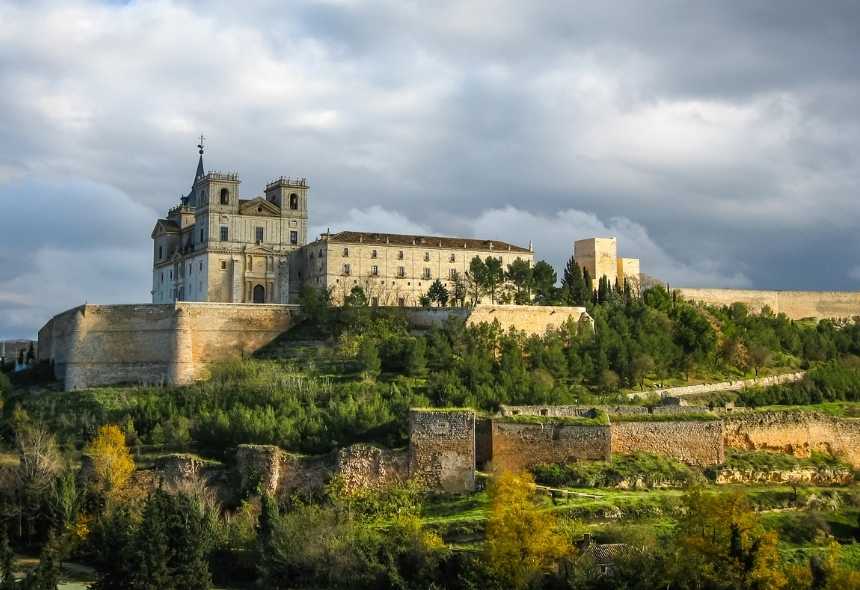
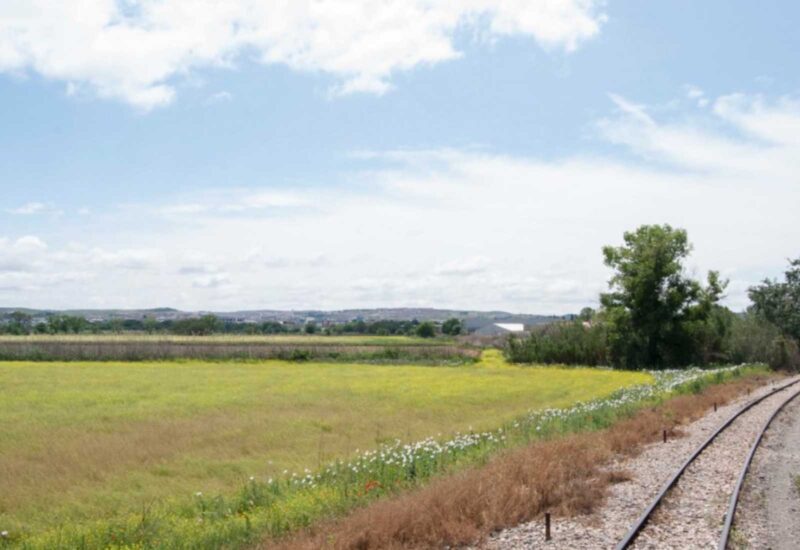
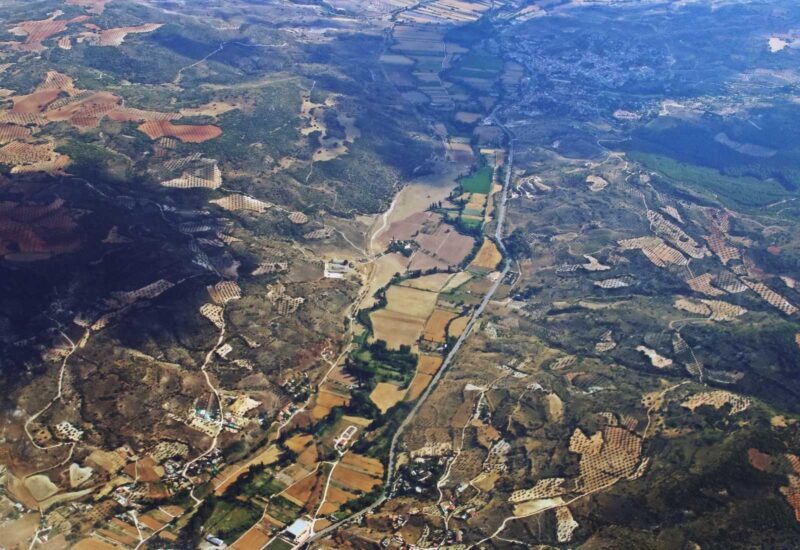
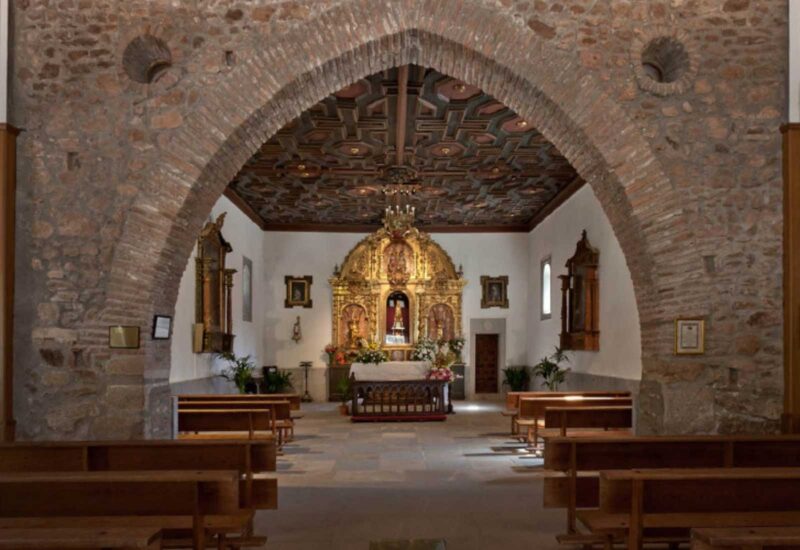
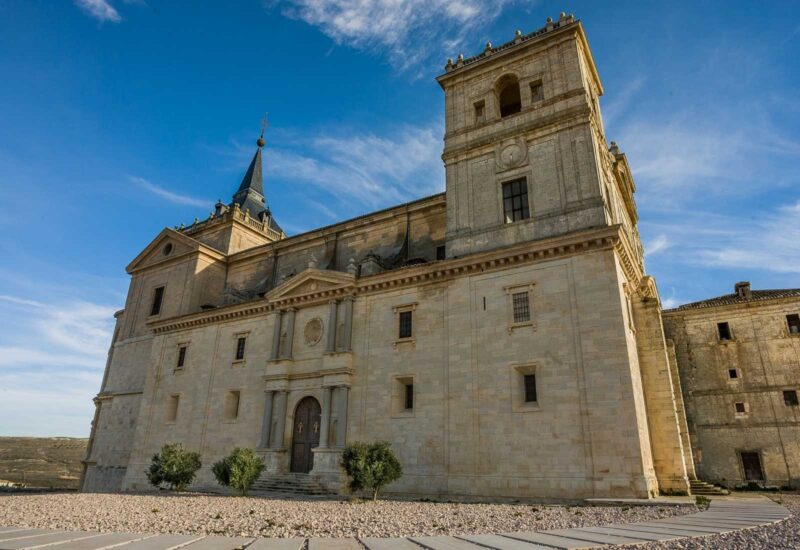


Leave A Comment